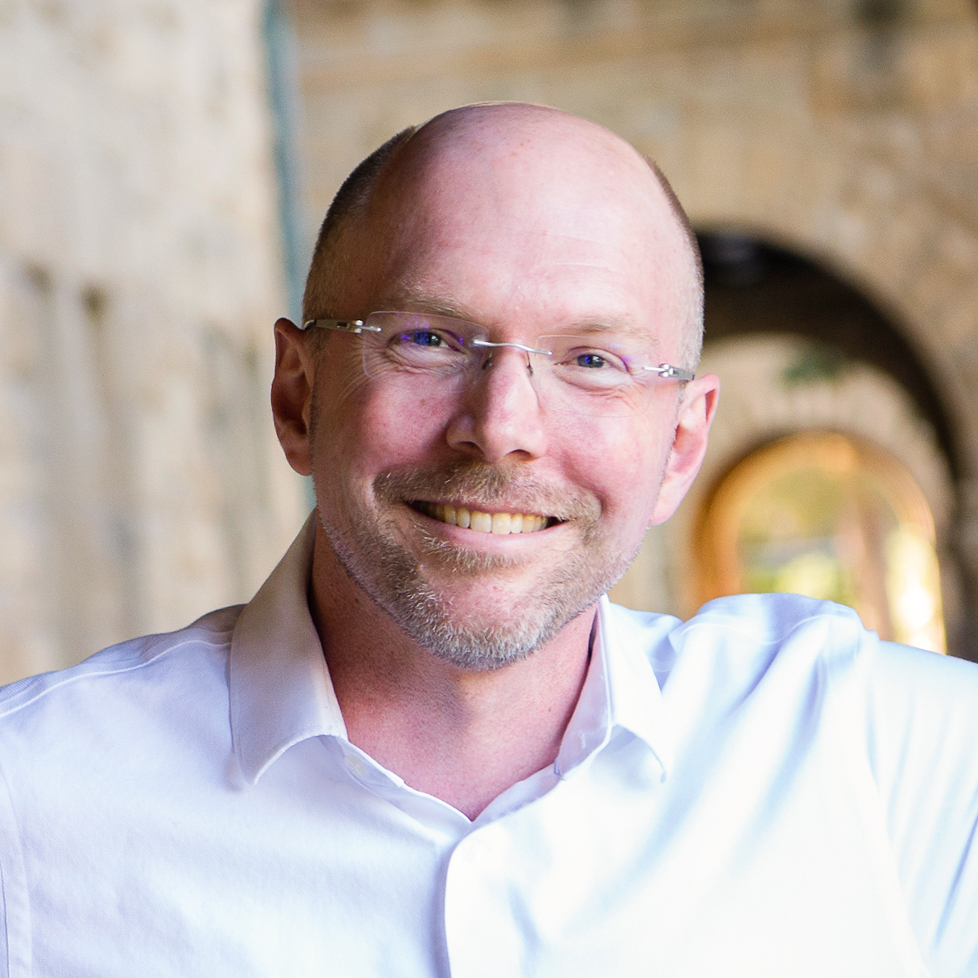What gets you going every day (besides coffee/tea/alarm clock), and what keeps you motivated?
Each day, I get to see how CXS teams and services make a positive impact on a wide array of projects and areas. This variety energizes me, and gives me an opportunity to collaborate with partners across Stanford.
What IT initiatives/programs/goals are you most interested in pursuing in the next 2-3 years?
Device lifecycle and management will always be near and dear to my heart (yes, I am that fun at parties). We have several efforts going on right now; the biggest one is our modernization of endpoint management tools. The migration to JAMF is something I never thought I would see at Stanford, and we just passed 45,000 managed devices.
SUHP is another device lifecycle effort that I’m excited about. Simplifying the procurement and purchase of devices for schools, departments, and programs saves significant time for everyone. Since SUHP maintains an existing inventory, it ensures groups using the service are resistant to supply chain issues in the future.
How do your colleagues and team members help you achieve your vision? What challenges do you face?
While our impact may only be felt a few minutes at a time by each person we support, I tell my team that our collective efforts add up: making a couple million human connections each year contribute directly to Stanford’s mission. Our work supports efforts in art, science, engineering, sustainability, research, and education in the interest of “building a better world.”
One of my favorite sayings is, “I hate the corner we are backed into, but I sure love the people I am in it with.” No matter what challenge we are facing, the teams I get to work with do it with enthusiasm, hard work, and a dose of humor. It’s OK to have problems, but the tone I try to set is one of optimism. It is hard to not be energized surrounded by people with these qualities.
How do you decompress outside of work?
I have different tracks for decompressing. These daily and weekly activities get me out of the day-to-day grind and help me stave off burnout. I get up early to exercise and then at night, I spend at least 30 minutes reading for pleasure, which helps me sleep better.
In addition to these daily mental breaks, I also try to weave in something unrestrictedly creative every couple of weeks. It might take the form of fun with my family, trying to one-up each other, writing Yelp-like reviews for fake businesses to make each other laugh (inside joke with my family), and brainstorming video projects with my sons.
At times, these creative sessions can be closer to work, like trying out new technology or automation tools. Sometimes these activities even turn into events like our ZapAttack competitions.
What advice would you give early or mid-career IT professionals looking to grow at Stanford?
I assume you mean other than contributing at least 4% to your 403B to get the 5% match from Stanford? I would share advice from a coach back at UCSF about 20 years ago:
- Your priority is to figure out what your boss needs from you. Once you know your boss' needs, and they agree that you are successfully meeting them, you have a better chance of making changes.
- As you progress in your career, you must delegate or even give up some aspects of your job that you like to take on new roles you may love. Adding new responsibilities without letting some go is a sure way to burnout or worse, stagnate.
We are all here for 40-plus hours a week, with varying and often conflicting priorities, pressures, and personalities. Try to understand another person's point of view before you act. Be remembered as a person who listened AND got stuff done.


